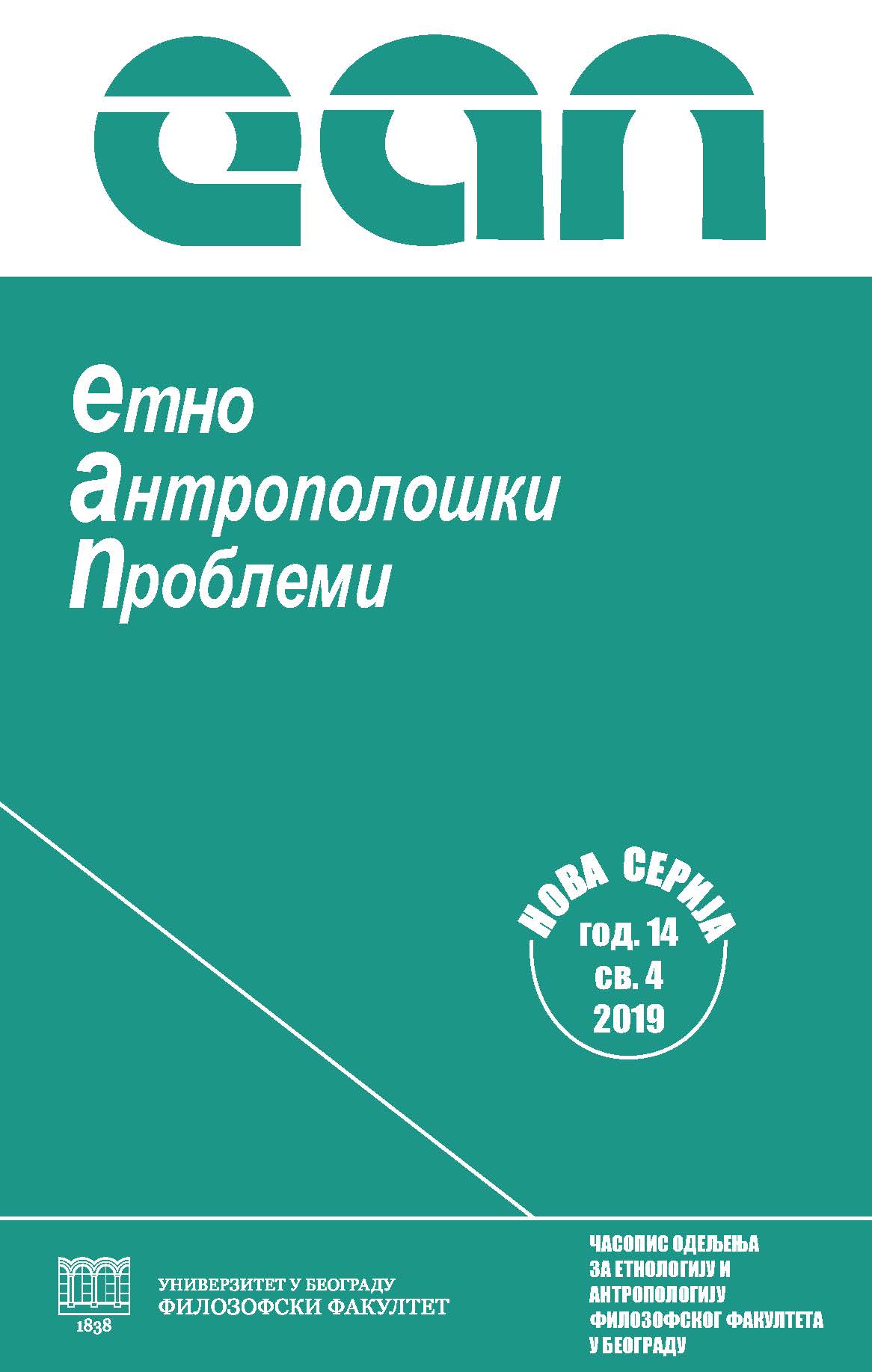Билингвизам и српско-немачка билингвална заједница Срба у Инголшату
Bilingualism and the Serbo-German Bilingual Community of Serbs in Ingolstadt
Author(s): Julijana VuletićSubject(s): Language studies, Applied Linguistics
Published by: Филозофски факултет, Универзитет у Београду
Keywords: contact linguistics; bilingualism; diglossia; language contact
Summary/Abstract: In this study we represent the bilingual language situation in the ethnolinguistic community of Serbs in Ingolstadt, recorded over the period of time from 2010 until 2013. The paper also addresses the occurrences of bilingualism and diglossia in the context of contact linguistics, their classification, as well as the samples of bilingualism in the researched corpus, with the accompanying phenomena of language contact. The obtained cross-section of the sociolinguistic and linguistic situation of the researched ethnolinguistic community, as well as the research results, refer to the specific community and specific corpus. Nonetheless, obtained results with certainty allow introspect into the life cycle dynamics tendency for the Serbo-German bilingual communities. Reflecting upon the research results we may conclude that our investigated sample, which can expand onto the entire research corpus, can be regarded as being almost in the second last phase of the language change process. A rather significant part of the corpus in the further development of the language change process would certainly be the third generation of working migrants. Further direction of the bilingual community development will most likely be dependent upon this generation, as well as other accompanying factors. In the researched sample we can observe different percentual representation of balanced bilinguals and dominant bilinguals, as well as passive and receptive bilinguals. The fact that there is a significant percentual presence of passive and receptive bilinguals among the third group of migrants explains the situation that one part of the second generation of working migrants in the researched community is powerless before the pressure of social networks, economic and social relations that we find in the social majority group. They abandon teaching their children the Serbian language, and they perceive the German language as the capital asset through which those who belong to the third generation of working migrants can gain top positions in the education system and in the market as well.In the language practice of bilingual speakers there is the phenomenon of language contact from the first to the third generation, specifically in the occurrence of transference (mixing of two language systems on the basis of phonetics, morphology, syntax) or in code switching (mixing of two languages from the communicative aspect). Transference, as a phenomenon in the direct and indirect language contact, may have multiple results which will be considered in future papers on the issue of language contact phenomenon.Finally, under the environmental effect (standard German language, German dialects), as well as the effect of different language community dialects the members of the first generation of working migrants come from, a new language is developed. This new language cannot be called the Serbian language spoken by the Serbs in the homeland but namely we propose a new term Serbian diaspora language in Germany. This language as such is then transferred onto the new generations and/or its use declines in one and sustains in other domains. Ultimately, at the end of this process, as many contact linguistic researches have illustrated, an inevitable situation may occur where a life cycle of the bilingual community might come to an end and there might be a complete language change of the minority with the majority community.
Journal: Етноантрополошки проблеми
- Issue Year: 14/2019
- Issue No: 4
- Page Range: 1311-1335
- Page Count: 25
- Language: Serbian

